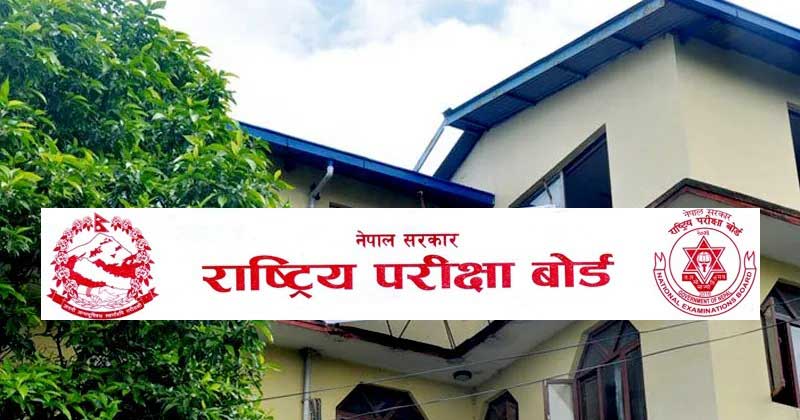
Secondary Education Examination (SEE) 2080 Started From Chaitra 15
The Secondary Education Examination (SEE) for the year is scheduled to commence this Thursday, marking a significant phase for students across the nation. The National Examination Board (NEB) has confirmed that all the necessary preparations to smoothly conduct the examinations have been finalized.
Key Details of the Examination
- Subject and Schedule: The examination kick-starts with the compulsory English paper. It is slated to conclude on the 27th of Chait.
- Participant Overview: A total of 504,414 students have registered for the examination, showcasing a diverse demographic of aspirants aiming for academic progression.
- Geographical Spread: With examinees participating from various regions, Kathmandu leads with 38,813 candidates, whereas an international center in Japan hosts 23 students, underlining the global footprint of the Nepali education system.
- Gender Representation: The balance in gender representation is notable, with 250,772 Girls and 253,627 Boys students stepping forward to take the exams.
- Examination Centers: Across the country, 2,064 centers are prepared to accommodate the examinees. The Bagmati province tops the list with 441 centers, emphasizing the extensive preparation undertaken to facilitate the examination process.
New Grading and Evaluation System
A noteworthy update this year is the revision in the grading system, reducing the number of grades from nine to eight. This change introduces a new benchmark for success, requiring students to achieve at least 35% in theory and 40% in internal assessment across subjects. Additionally, the policy provides a remedial opportunity for students to enhance their grades in up to two subjects marked as ungraded (NG).
Innovations in Subject Evaluation
The examination model this year introduces a combined evaluation method, comprising both internal assessment and theory exams. Each of the seven subjects will include a 25-mark internal assessment, coupled with a 75-mark theory examination, aligning with contemporary educational standards and ensuring a holistic assessment of student capabilities.
The SEE is a crucial milestone in the educational journey of students, offering a platform to showcase their knowledge and skills. The NEB's meticulous planning and the introduction of a revised grading system highlight the commitment to enhancing educational standards and providing equitable opportunities for academic achievement. As students across Nepal and abroad gear up for this significant academic challenge, the nation looks forward to celebrating their successes and their contributions to the future of education.
Key Statistics of the 2080 Secondary Education Examination (SEE)
- Total Examinees: 504,414 students have registered to participate in the examination.
- Geographical Participant Distribution:
- Highest number of examinees from a single district: Kathmandu with 38,813 candidates.
- International participation: Japan hosts 23 examinees, highlighting the global reach of the examination.
- Gender Distribution:
- Girls students: 250,772
- Boys students: 253,627
- Examination Centers:
- Total across the country: 2,064 centers prepared for the exams.
- Highest concentration of centers in a province: Bagmati province with 441 centers.
- Grading System Updates:
- New grading system introduces eight grades, refining the evaluation scale.
- Minimum passing criteria: 35% in theory exams and 40% in internal assessments per subject.
- Assessment Model:
- Each subject comprises a 25-mark internal assessment and a 75-mark theoretical examination, totalling 100 marks per subject.





